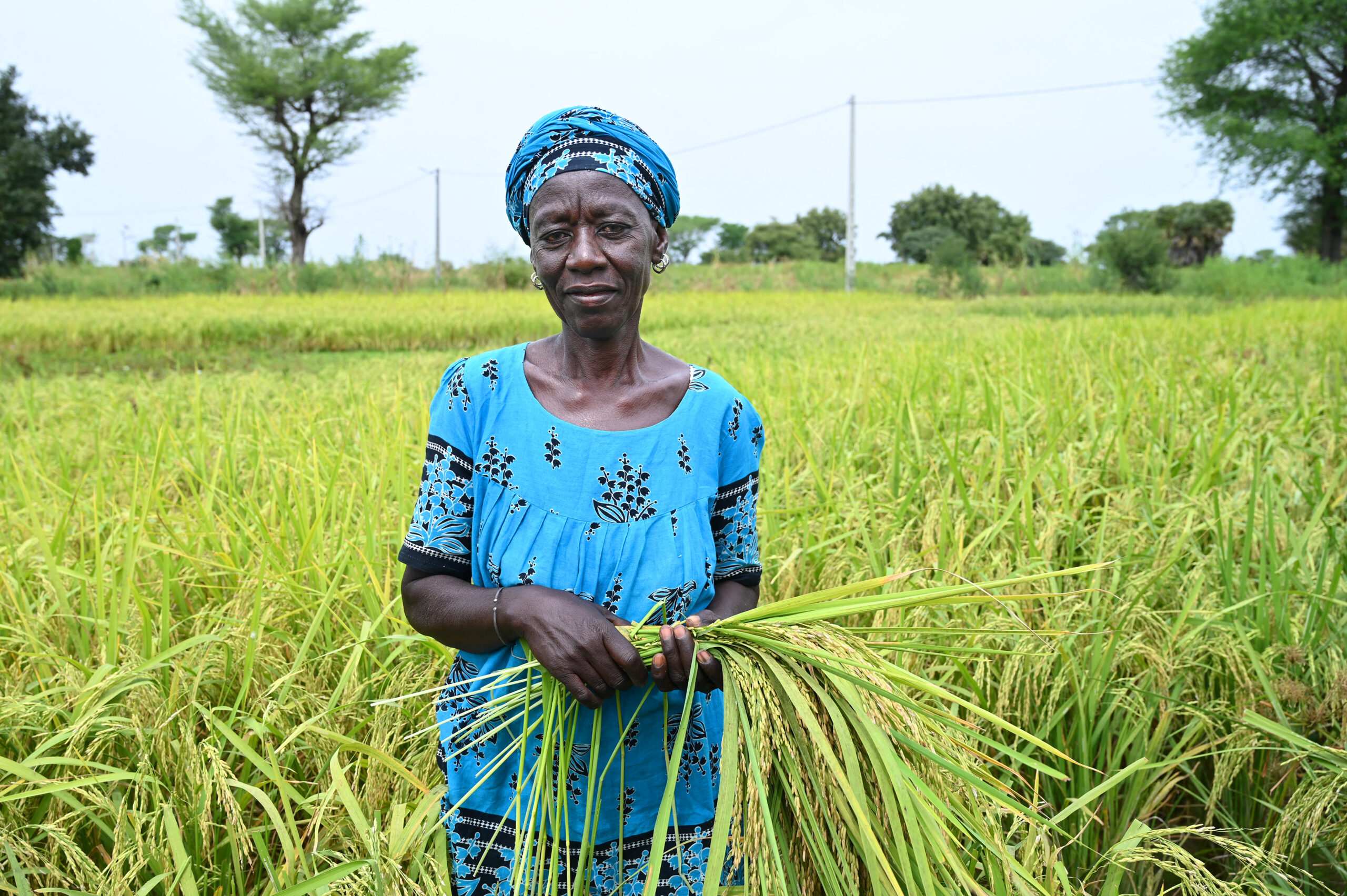
Babies are set to become big business in the UAE as the government looks at ways to tackle the low birth rate among Emiratis. This presents new investment opportunities in long-term demographic changes, which should not be ignored by investors.
A renewed focus on fertility is not just applicable to the UAE. In broader emerging markets, a new study links fertility to savings rates and economic growth, and explains why the risk of debt distress is higher in countries with higher birth rates.
Thanks for your interest in Euromoney!
To unlock this article, enter your e-mail to log in or enquire about access:




